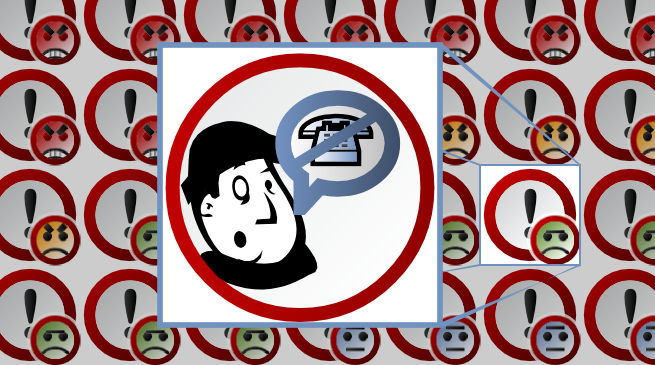
I needed my phone fixed so I bought a chocolate bar for the telephone technician. It was fixed within the hour.
In a typical large organisation, there are many layers between the person who asks for something to be fixed and the person who fixes it. There is the person who reports the problem, the helpdesk that manages incoming requests, the manager who distributes the workload and does the planning and finally the person who completes the request. Most of the time, the fixer never interacts with the reporter which results in a disconnect between the two. For the reporter, the problem is personal as it affects their usage of the space; for the fixer, it's impersonal: just one job amongst many. However, it's just human nature that we provide better service when we have empathy for the persons having the problem. A single telephone that doesn't work may be low on the priority list compared to a whole floor without heating, but for that person with no phone, it's a big deal.
Over the years, you hear many stories of people getting better service once they have made a personal contact with the person fixing the problem. I needed my phone fixed so I bought a chocolate bar for the telephone technician. It was fixed within the hour.
And equally many stories of small problems going on for months as they continually get evaluated as less urgent than some new thing that just came in. My door knob is loose and I'm worried it will fall off. I reported it months ago and it's just sitting in the system...
The conflict arises because we don't know the people who are in the space. We know the space. And we know how people misuse things. They can often be perceived of as the problem as opposed to the thing that is broken. So how do we better align the motivations of the reporter and the fixer? One clear way is to open up the lines of communication and put the two in direct contact. Flip the situation from an antagonistic one of you're making more work for me
, to one where both parties help each other to get this problem sorted. And since problems normally affect more than one person, the system has to be open. It's difficult getting many people into the same room to talk so this is where asynchronous communications comes in – take advantage of what the internet does well, and turn it into a chat room. Make it easy for the reporter to describe the problem and for the fixer to comment on it. And for others to add details based on their experience. It's not as good as face to face communication but it is more effective since people can contribute at their leisure.
Turn that thought around: what's wrong with people seeing you caring about the space?
It can initially seem risky to make everything essentially a public discussion. This is a comment we hear from clients often: we don't want people to see all the problems with our space!
Turn that thought around: what's wrong with people seeing you caring about the space? They will see issues being dealt with and equally sympathise more with your workload. And be more understanding when their job gets pushed back until tomorrow. The only real danger is letting things stagnate.